63423
Maltose solution
for molecular biology, BioReagent, ~20% in H2O
Synonim(y):
4-O-α-D-Glucopyranosyl-D-glucose
About This Item
Polecane produkty
klasa czystości
for molecular biology
linia produktu
BioReagent
Postać
liquid (clear)
stężenie
~20% in H2O
zanieczyszczenia
DNases, none detected
RNases, none detected
insoluble matter, passes filter test
phosphatases, none detected
proteases, none detected
kolor
colorless
współczynnik refrakcji
n20/D 1.361
pH
4.0-6.5 (25 °C)
ślady anionów
chloride (Cl-): ≤25 mg/kg
sulfate (SO42-): ≤50 mg/kg
ślady kationów
Al: ≤1 mg/kg
As: ≤0.05 mg/kg
Ba: ≤1 mg/kg
Bi: ≤1 mg/kg
Ca: ≤20 mg/kg
Cd: ≤1 mg/kg
Co: ≤1 mg/kg
Cr: ≤1 mg/kg
Cu: ≤1 mg/kg
Fe: ≤1 mg/kg
K: ≤20 mg/kg
Li: ≤1 mg/kg
Mg: ≤10 mg/kg
Mn: ≤1 mg/kg
Mo: ≤1 mg/kg
Na: ≤20 mg/kg
Ni: ≤1 mg/kg
Pb: ≤1 mg/kg
Sr: ≤1 mg/kg
Zn: ≤1 mg/kg
λ
neat
absorpcja UV
λ: 260 nm Amax: 0.08
λ: 280 nm Amax: 0.07
ciąg SMILES
OC[C@H]1O[C@H](O[C@H]2[C@H](O)[C@@H](O)C(O)O[C@@H]2CO)[C@H](O)[C@@H](O)[C@@H]1O
InChI
1S/C12H22O11/c13-1-3-5(15)6(16)9(19)12(22-3)23-10-4(2-14)21-11(20)8(18)7(10)17/h3-20H,1-2H2/t3-,4-,5-,6+,7-,8-,9-,10-,11?,12-/m1/s1
Klucz InChI
GUBGYTABKSRVRQ-PICCSMPSSA-N
Zastosowanie
Inne uwagi
Kod klasy składowania
10 - Combustible liquids
Klasa zagrożenia wodnego (WGK)
WGK 3
Temperatura zapłonu (°F)
Not applicable
Temperatura zapłonu (°C)
Not applicable
Środki ochrony indywidualnej
Eyeshields, Gloves
Certyfikaty analizy (CoA)
Poszukaj Certyfikaty analizy (CoA), wpisując numer partii/serii produktów. Numery serii i partii można znaleźć na etykiecie produktu po słowach „seria” lub „partia”.
Masz już ten produkt?
Dokumenty związane z niedawno zakupionymi produktami zostały zamieszczone w Bibliotece dokumentów.
Klienci oglądali również te produkty
Nasz zespół naukowców ma doświadczenie we wszystkich obszarach badań, w tym w naukach przyrodniczych, materiałoznawstwie, syntezie chemicznej, chromatografii, analityce i wielu innych dziedzinach.
Skontaktuj się z zespołem ds. pomocy technicznej
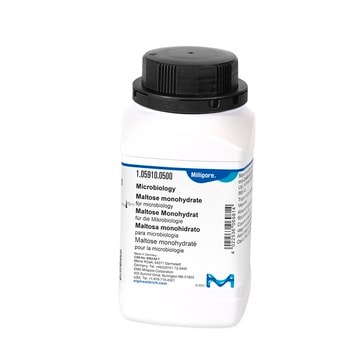
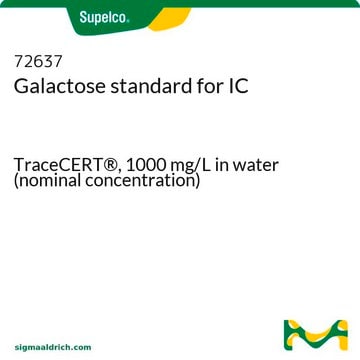
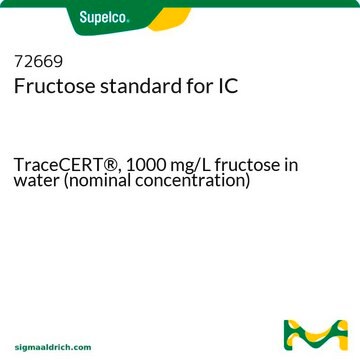


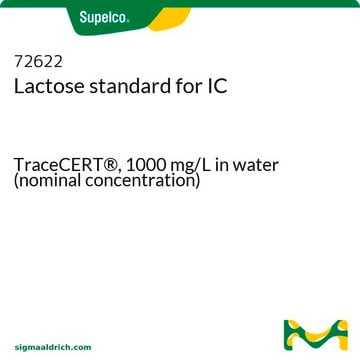
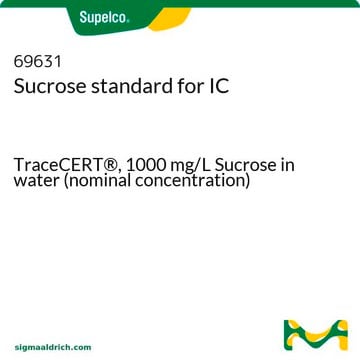
![{2-[2-(Fmoc-amino)ethoxy]ethoxy}acetic acid ≥95.0% (HPLC)](/deepweb/assets/sigmaaldrich/product/structures/368/849/e29c0aaa-6b0e-485c-bfbb-b2172afaf90e/640/e29c0aaa-6b0e-485c-bfbb-b2172afaf90e.png)